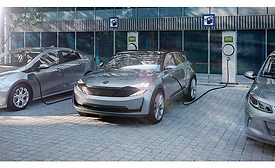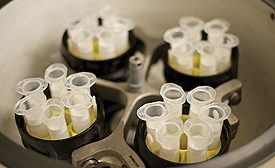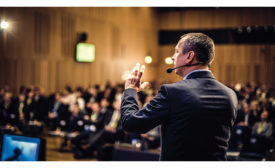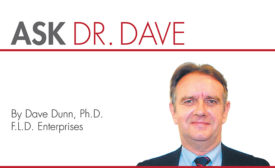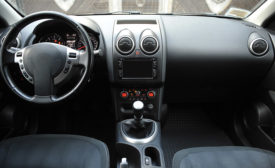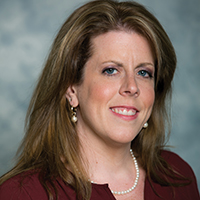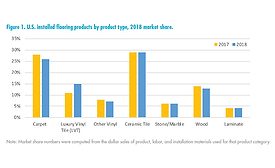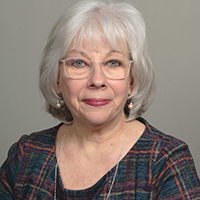Featured on Home Page
In addition to a low carbon footprint, polylactic acid brings value to multiple applications through performance attributes such as a high modulus, excellent solvent and grease resistance, and food contact compliance.
Read More
Electric Vehicles and the Growing Significance of Adhesives and Sealants for Battery Assembly
Adhesives, sealants, and heat transfer materials used in battery assembly operations will find myriad opportunities in the exciting electric vehicle market.
March 9, 2020
Coronavirus Prompts American Coatings Show and Conference Postponement
The ACS/ACC organizers are working to secure dates to reschedule the show at the same venue in Indianapolis later in 2020.
March 9, 2020
Cool Customers: Premixed and Frozen Packages for Adhesives and Sealants
Premixed and frozen packages provide highly reliable convenience packaging for plural-component resins.
March 5, 2020
POSTPONED
2020 World Adhesive and Sealant Conference Keynotes: Leadership Insights from Around the World
Planned 2020 World Adhesive and Sealant Conference keynote speakers share a sneak peek of what they'll be discussing at the event.
March 2, 2020
POSTPONED
Cultivating the Coatings Industry: 2020 American Coatings Show and Conference
The American Coatings Show will run simultaneously with the American Coatings Conference this year, offering show and conference attendees more networking and business opportunities.
February 27, 2020
Online Extra
Improving Shipment Efficiencies in the Adhesives and Sealants Industry
Challenges exist within many transportation departments, including a lack of drivers, new hours of service rules, fluctuating demand, and higher prices.
February 24, 2020
Ask Dr. Dave
Can you recommend a method for bonding aluminum to aluminum for use in an application for continuous immersion in water?
Dr. Dave shares insights regarding challenges and options for adhesive applications involving water immersion.
February 20, 2020
Meeting Modern Challenges in Bonding to Automotive Thermoplastic Olefin Plastics
Thermoplastic olefin plastics present unique challenges for pressure-sensitive adhesives in automotive applications.
February 17, 2020
Strategic Solutions
Evolving Hybrid Adhesives
This first installment of a two-part series highlights the value proposition of today's adhesive chemistries and curing methods to high-value end-use markets.
February 13, 2020
Keep the info flowing with our eNewsletters!
Get the latest industry updates tailored your way.
JOIN TODAY!Copyright ©2024. All Rights Reserved BNP Media.
Design, CMS, Hosting & Web Development :: ePublishing




